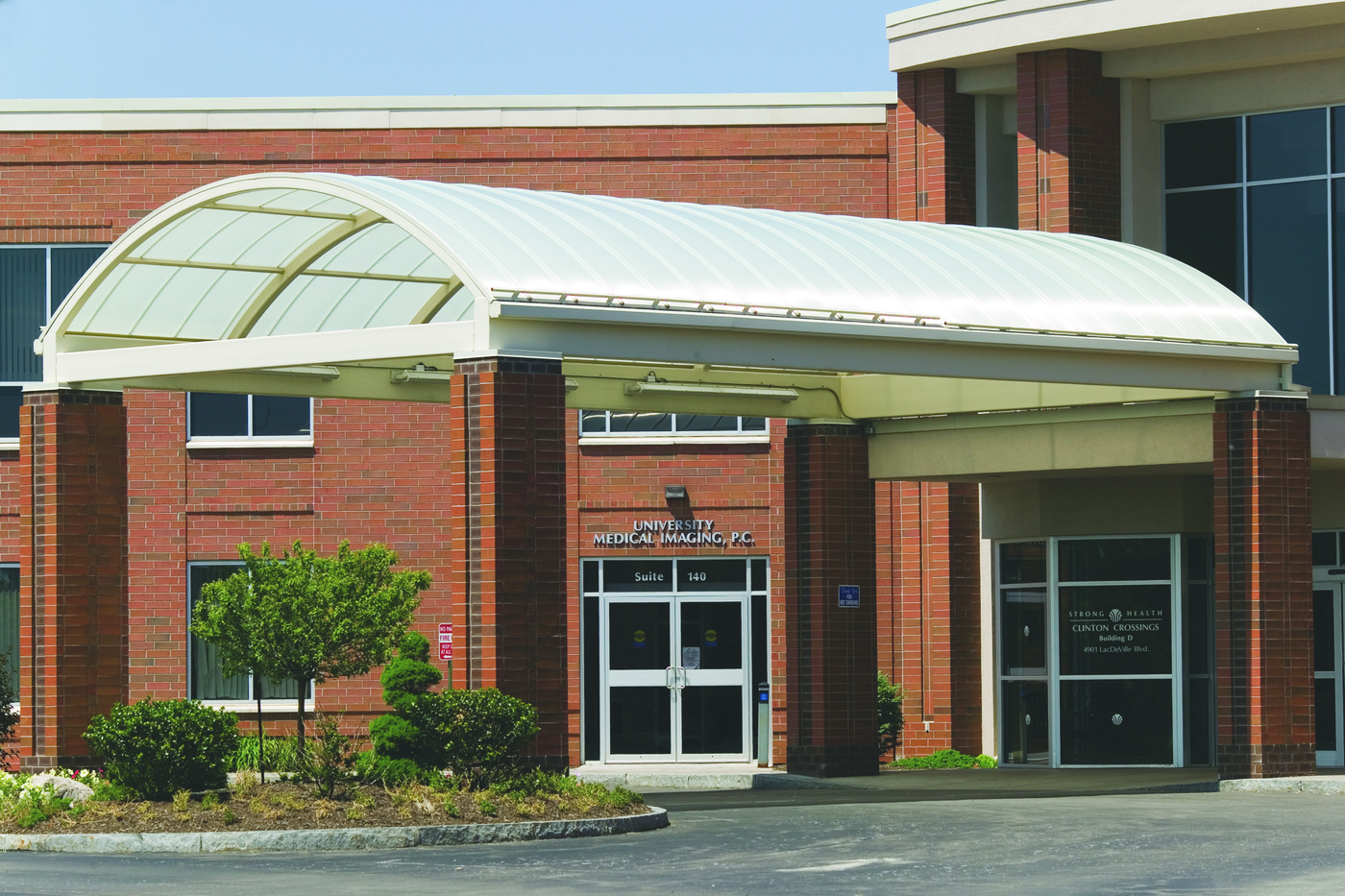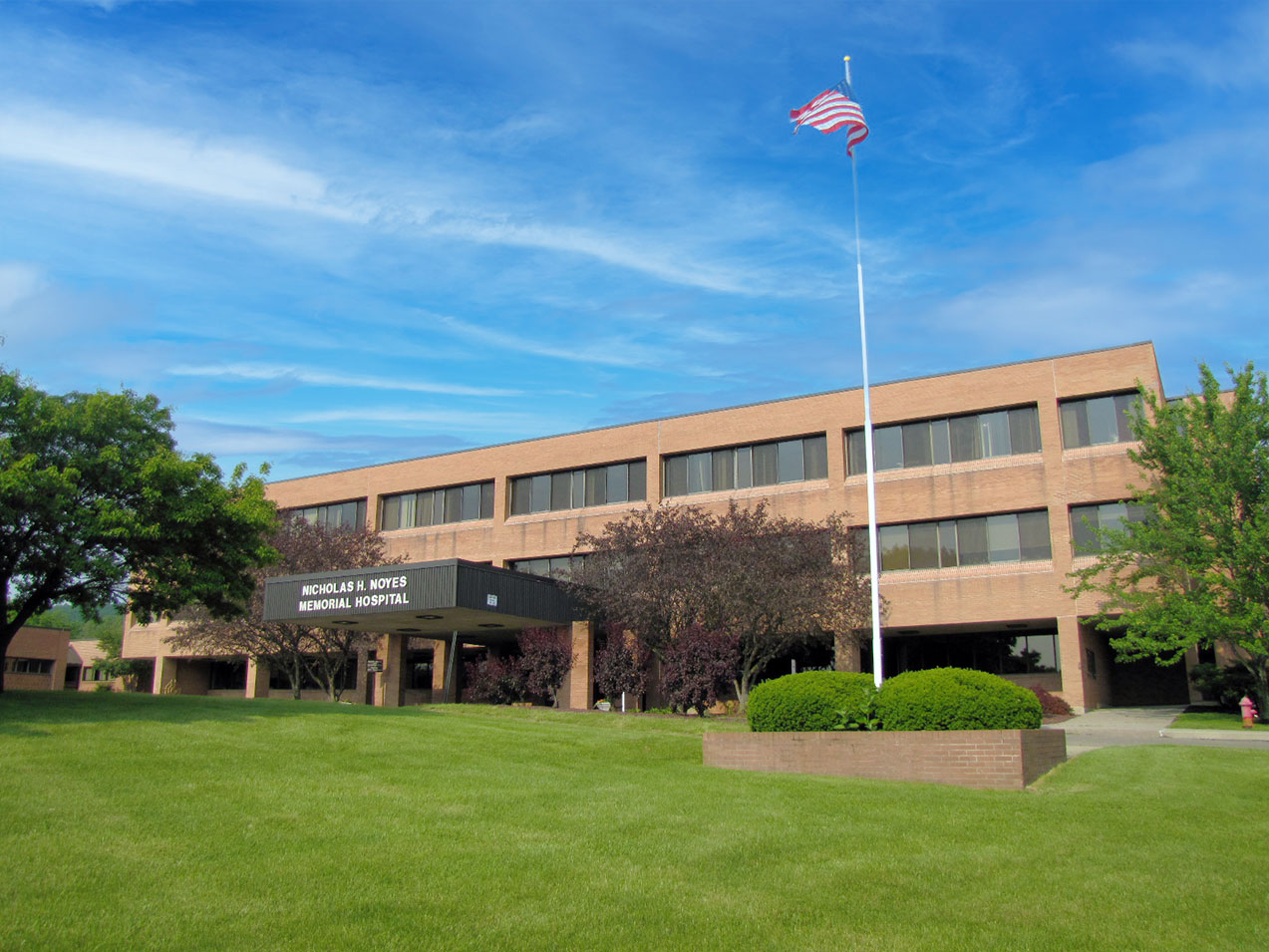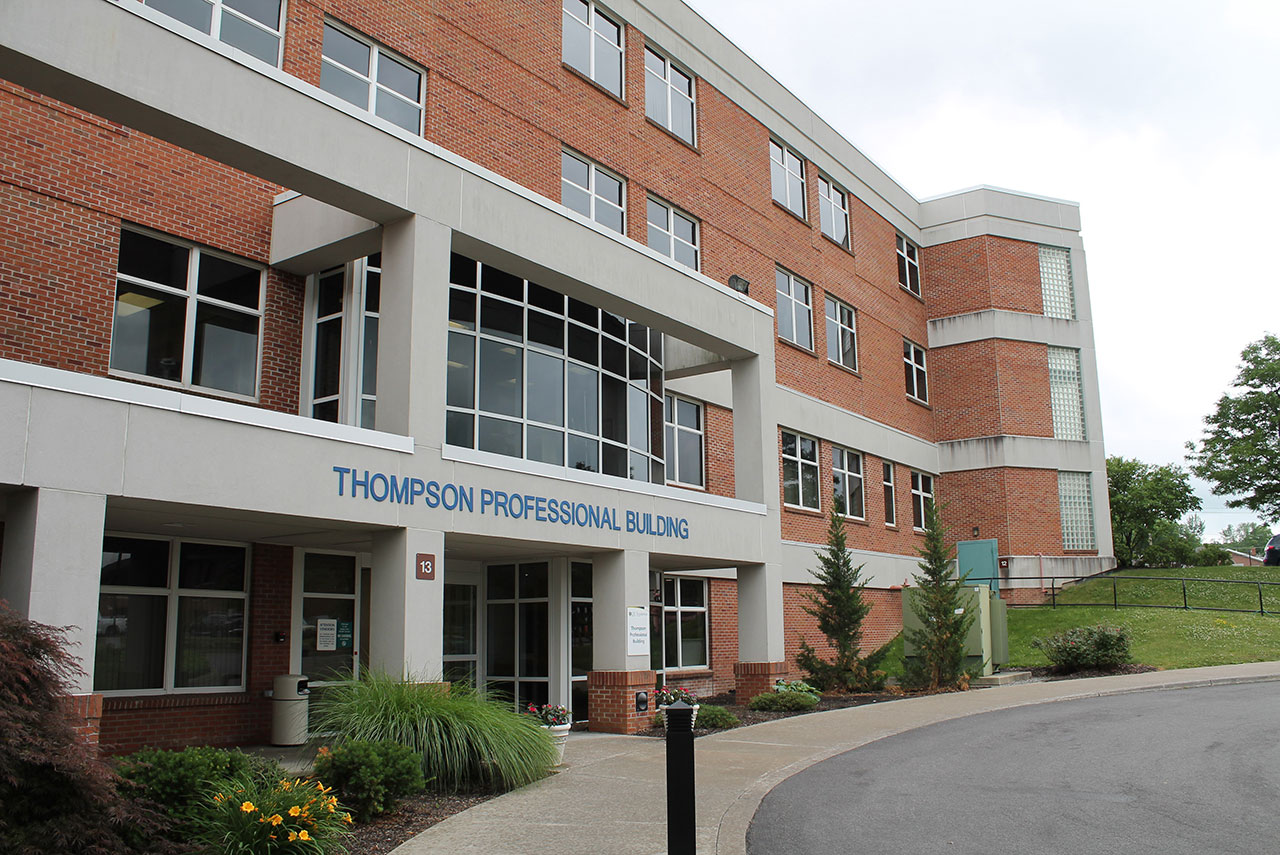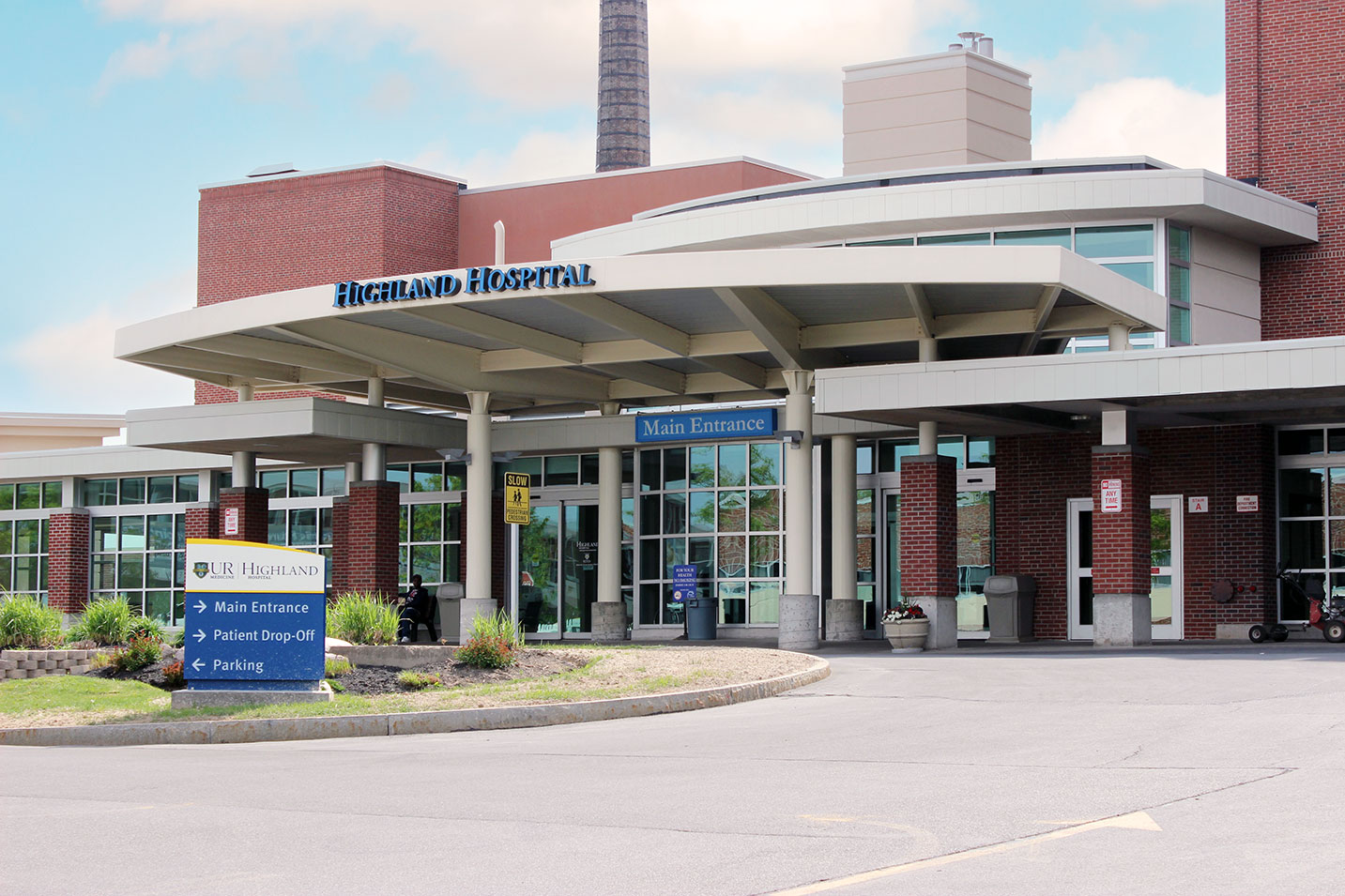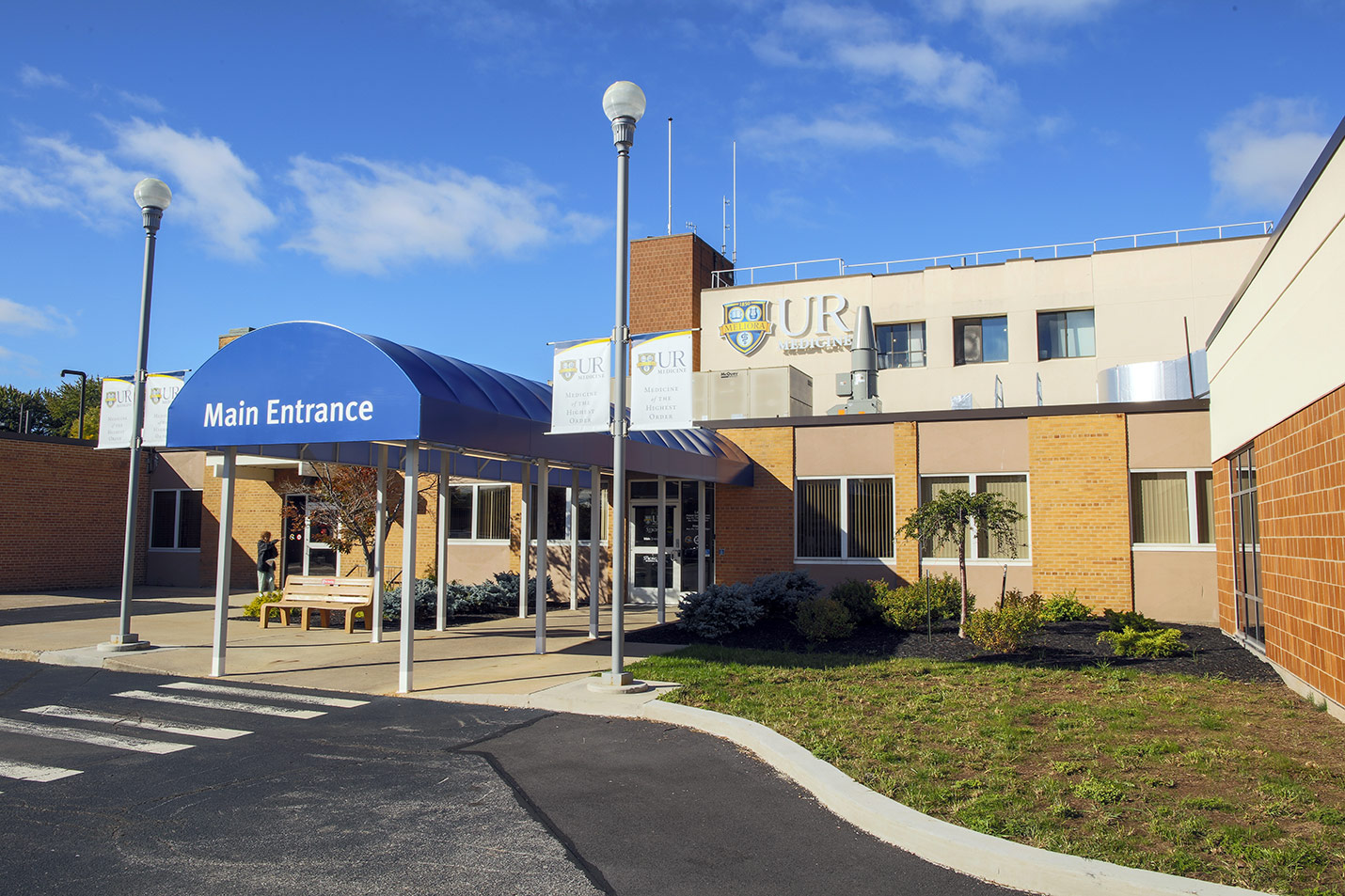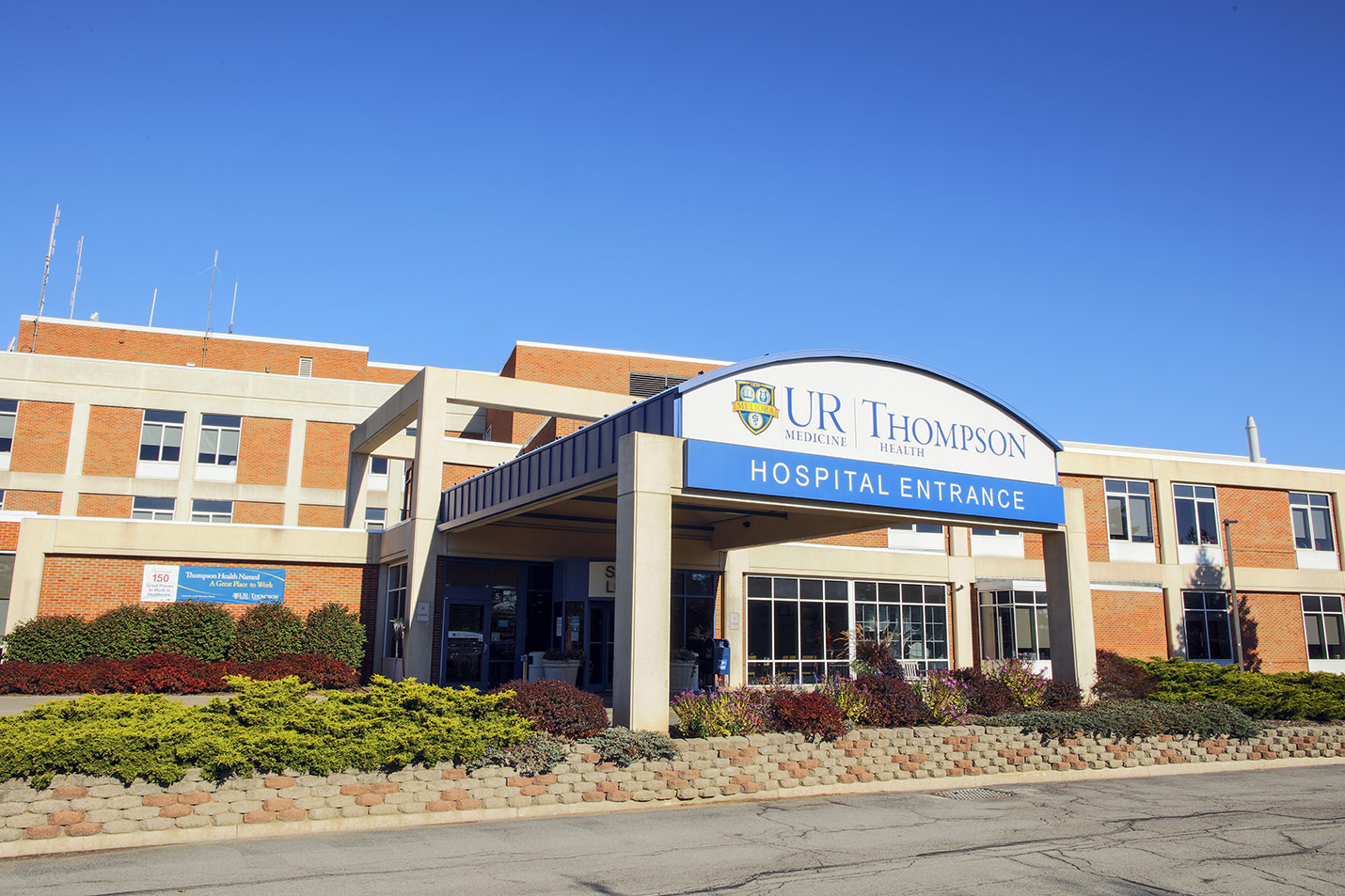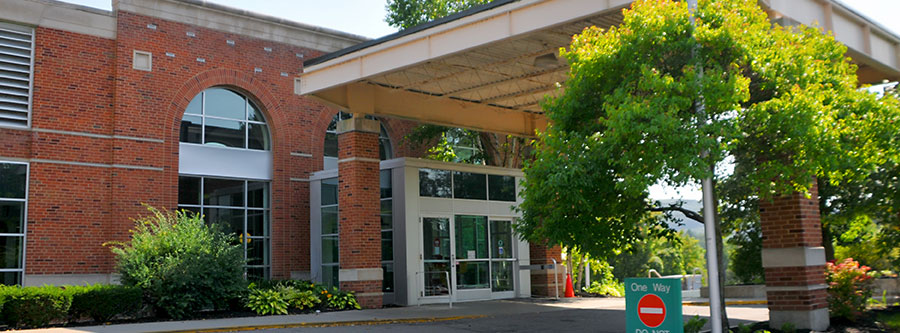Carotid Artery Disease
Make Appointments & Get Care
Call 911 for Sudden Chest Pain
If you have any sudden or unexplained chest pain, call 911 immediately.
What is Carotid Artery Disease?
Carotid artery disease is when the carotid arteries, the main blood vessels that carry oxygenated blood to the brain, become narrowed. If the narrowing becomes severe enough to block blood flow, or a piece of plaque breaks off and obstructs blood flow to the brain, a stroke may occur.
What Causes Carotid Artery Disease?
Carotid artery disease is usually caused by atherosclerosis, a build-up of plaque in the inner lining of an artery, commonly called “hardening of the arteries.” Atherosclerosis is a slow, progressive disease that may start as early as childhood.
Risk factors associated with atherosclerosis include:
- Age (older adults are more often affected)
- Gender (men are often affected)
- Family history
- Genetic factors
- Hyperlipidemia (elevated fats in the blood)
- Hypertension (high blood pressure)
- Lifestyle (smoking, diet high in saturated fat, lack of exercise)
- Diabetes
- Obesity
What Are the Symptoms of Carotid Artery Disease?
Some patients who have carotid artery disease have no symptoms. There can be a significant amount of atherosclerotic build-up without obstructing enough blood flow to cause symptoms.
However, many people who have carotid artery disease may experience:
- Transient ischemic attack (TIA)—This sudden or temporary loss of blood flow to an area of the brain usually lasts a few minutes to an hour. Symptoms go away entirely within 24 hours, with complete recovery.
- Stroke—A loss of blood flow to the brain that continues long enough to cause permanent brain damage. Recovery depends on the size and location of the stroke. A stroke may result in problems such as weakness in an arm or leg or may cause paralysis, loss of speech, or even death.
UR Medicine's Treatments for Carotid Artery Disease
UR Medicine hosts the largest carotid artery disease treatment program in the Northeast region of the United States.
Treatment for carotid artery disease is based on age, overall health, medical history, and symptoms. When the narrowing of the carotid artery is less than 50 percent, treatment at UR Medicine often includes:
- Changing risk factors, which include smoking, elevated cholesterol levels, elevated blood glucose levels, lack of exercise, poor dietary habits, and elevated blood pressure.
- Medications, ranging from clot-preventers to cholesterol-lowering drugs and blood pressure medications.
When the narrowing of the carotid artery is greater than 80 percent, a more aggressive treatment from our expert vascular surgeons may be recommended. Surgical treatment of carotid artery disease includes:
- Carotid endarterectomy (CEA) to remove plaque and clots to help prevent stroke. The surgeon will make an incision in the neck and clean our the plaque. UR vascular surgeons are national leaders in the minimally invasive placement of a carotid stent through a small neck incision (TCAR procedure), and have taught this technique to surgeons around the world.
- Carotid artery angioplasty with stenting (CAS) for patients at high risk for carotid endarterectomy. In CAS, a very small hollow tube, or catheter, is advanced from a blood vessel to the carotid arteries. Once the catheter is in place, a balloon is inflated to open the artery and a stent is placed to hold the artery open.
What Sets Us Apart?
UR Medicine provides all of the latest and most modern approaches to the treatment of carotid artery disease, including minimally invasive and endovascular surgeries. And the research we perform at UR Medicine keeps us on the leading edge of treatments.
Our team offers multidisciplinary care as we work with patients to understand the benefits and risks of each treatment option, while coordinating consultations with specialists including cardiac surgery, vascular surgery, nephrology, and cardiology, to provide a seamless experience for patients and their families.
Locations
View All LocationsWe serve you in the Rochester metropolitan area and surrounding region.
View All Locations20 locations
Clinton Crossings, Building G
2400 South Clinton Avenue, 1st Floor
Rochester, NY 14618
Noyes Memorial Hospital
111 Cara Barton Street
Dansville, NY 14437
Thompson Professional Building
395 West Street, Suite 307
Canandaigua, NY 14424
Finger Lakes Cardiology
410 Clifton Springs Professional Park
Clifton Springs, NY 14432
48 East South Street, 2nd Floor
Geneseo, NY 14454
Highland Hospital
1000 South Avenue
Rochester, NY 14620
999 East Ridge Road, Suite 1000
Rochester, NY 14621
Eastside Family YMCA
1835 Fairport Nine Mile Point Road, Suite 200
Penfield, NY 14526
Calkins Corporate Park (Red Creek)
600 Red Creek Drive, Suite 100
Rochester, NY 14623
Lifecare Medical Associates
1991 Balsley Road
Seneca Falls, NY 13148
Strong West
156 West Avenue, 3rd Floor
Brockport, NY 14420
Jones Memorial Hospital
191 North Main Street, 3rd floor
Wellsville, NY 14895
St. James Medical Office Building, Entrance C
7309 Seneca Road North, Suite 104
Hornell, NY 14843
Ambulatory Care Center at Strong Memorial Hospital
601 Elmwood Avenue, Ground Floor
Rochester, NY 14626
Canal View Office Complex
140 Canal View Boulevard, Suite 102
Rochester, NY 14623
FF Thompson Hospital
350 Parrish Street
Canandaigua, NY 14424
Jones Memorial Hospital
191 North Main Street
Wellsville, NY 14895
